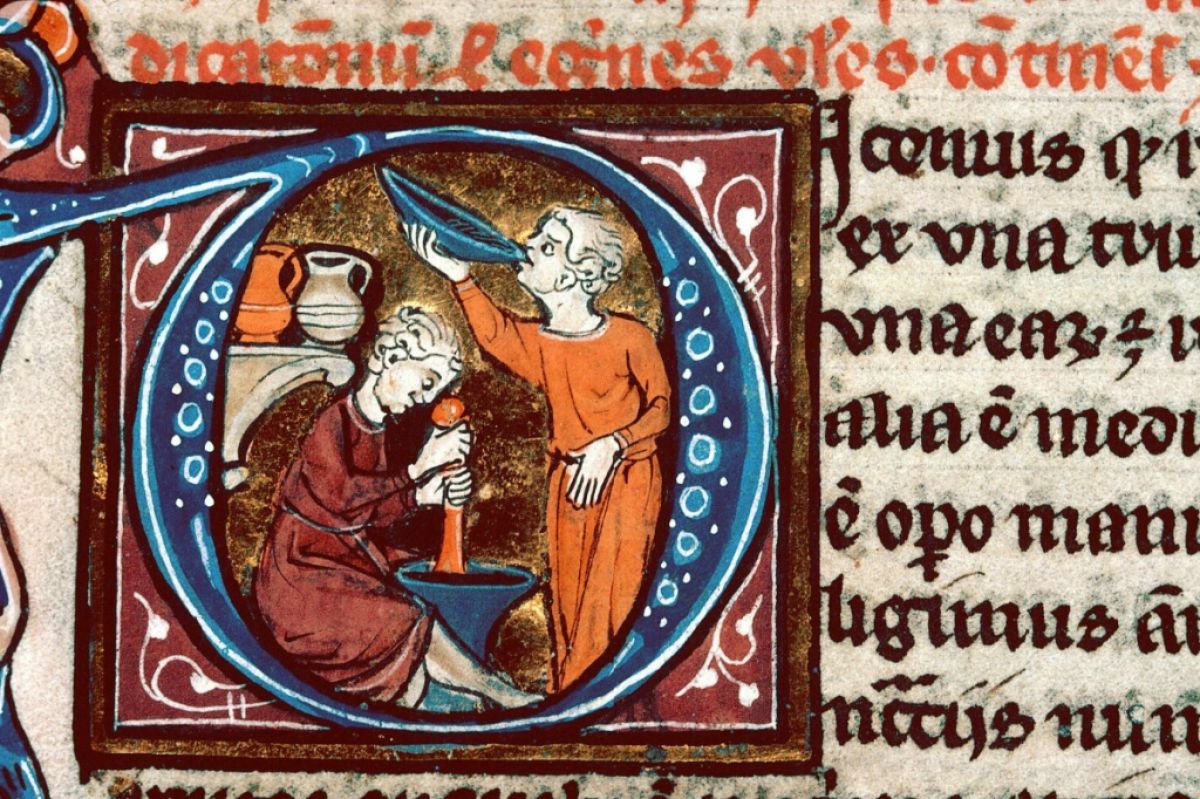In my garden I have a long-lived rose bush with tiny pink blossoms. I bought it from a catalog years ago because I liked its name, which is "Baby Blanket." There are many roses also that we choose to grow because of their perfume.
However, in ancient times, roses were not grown for ornamental reasons but for their medicinal and mystical properties. During the 10th century, for example, roses grown by the monks in monastery gardens were important because of their medicinal value. One Anglo Saxon herbalist was famous for treating sore mouths. He created his cure by crushing the petals of a rose with peppercorns and mixing them with hot water to create a potion that was swished around in the mouth and then swallowed.
St. Benedict engaged in a less pleasant ritual involving roses. He used their thorns to tear the flesh to draw penitential blood, proclaiming that it was the blood of Christ.
On a less somber note, roses have also been used, during the 12th century, to ruin the fruit trees growing in neighbors' gardens by putting a rose potion on them. If you feel the urge, just mix rose petals, mustard seeds, and woodpecker fat. It is probably not the kind of recipe you need, but it does illustrate the versatility of roses. It also shows the resourcefulness of our Dark-Age forebears who, remember, had no electronic devices for entertainment.
This is Moya Andrews, and today we focused on not just ornaments.










